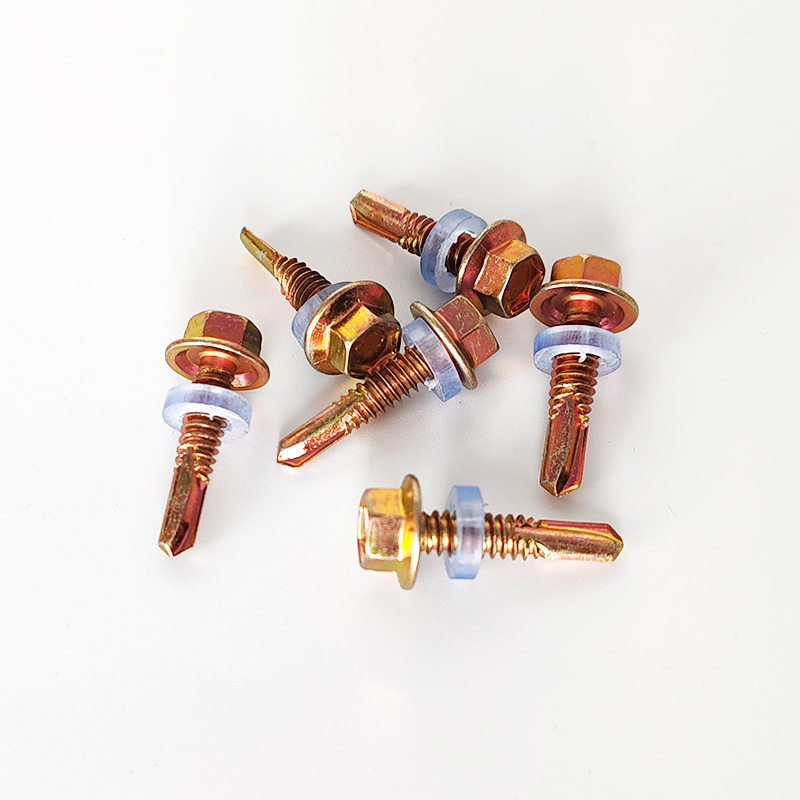Cost Analysis of Self-Drilling Screws for Construction Projects and DIY Tasks
Understanding the Price of Self-Drilling Screws An Overview
Self-drilling screws have become a preferred choice in various construction and industrial applications due to their convenience and efficiency. Unlike traditional screws that require a pre-drilled hole, self-drilling screws feature a drill bit-like tip, allowing them to create their own hole as they are driven into materials. This unique design not only saves time but also enhances the overall integrity of the assembly, making them highly sought after in the market. However, one question often arises what influences the price of self-drilling screws?
Several factors contribute to the pricing of self-drilling screws, primarily material, size, coating, and market demand.
Understanding the Price of Self-Drilling Screws An Overview
2. Size and Type Self-drilling screws come in various sizes and types, including different lengths, diameters, and head styles. Larger and more specialized screws, like those with unique head designs for specific applications, typically command higher prices. Additionally, screws designed for heavy-duty applications may also be more expensive due to the increased material requirements and manufacturing processes involved.
self drilling screws price

3. Coatings Many self-drilling screws are coated to provide additional protection against corrosion and wear. Common coatings include zinc plating, and epoxy or ceramic finishes. The type and quality of the coating can significantly influence the price. For instance, screws with a durable coating suitable for harsh environments, such as coastal or industrial settings, may cost more than basic galvanized screws. This additional expense often translates into longer-lasting performance, making them more cost-effective over time.
4. Market Demand and Supply Chain Factors The price of self-drilling screws is also subject to fluctuations based on market demand and supply chain conditions. Periods of high construction activity can lead to increased demand for fasteners, driving prices up. Conversely, during economic downturns, demand may drop, leading to lower prices. Furthermore, global supply chain issues, such as material shortages and transportation costs, can also impact pricing. Buyers should stay informed about market trends to make better purchasing decisions.
5. Manufacturer and Brand Reputation Finally, the brand and manufacturer of self-drilling screws can influence prices. Established brands with a reputation for quality often charge a premium for their products. While these screws may be more costly upfront, they are frequently associated with better performance and reliability, providing value for money in the long run.
In conclusion, the price of self-drilling screws is not merely a reflection of their physical characteristics; it is a culmination of various factors including material, size, coatings, market demand, and brand reputation. When purchasing self-drilling screws, it is essential for buyers to assess their specific needs and consider the total cost of ownership, rather than just the purchase price. Understanding these dynamics can empower consumers to make informed decisions and ultimately select the right screws that meet their performance, budgetary, and project requirements. Whether for construction projects or DIY tasks, self-drilling screws offer a blend of efficiency and reliability that continues to drive their popularity across various sectors.
-
Weatherproof Plastic Expansion Anchors for OutdoorAħbarijietJun.06,2025
-
Sustainability in the Supply Chain: Eco-Friendly TEK Screws ProductionAħbarijietJun.06,2025
-
Load-Bearing Capacity of External Insulation FixingsAħbarijietJun.06,2025
-
Double Head Bolts: Enhancing Efficiency in Industrial MachineryAħbarijietJun.06,2025
-
Corrosion Resistance in Chipboard Screws: Coatings for Wholesale DurabilityAħbarijietJun.06,2025
-
Butterfly Toggle Bolts : Enhancing Structural ResilienceAħbarijietJun.06,2025
